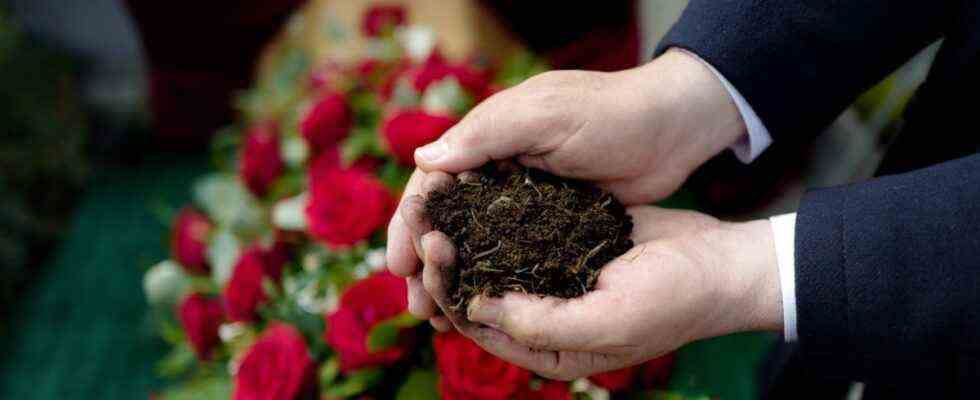My grandmother was a woman who always attached great importance to her appearance. Receive an unannounced visitor? A taboo for my grandmother. She only wanted to be seen when she was dressed up as she thought she should be when receiving guests. She died a few years ago in a hospital. When I got to her patient’s room, I thought I’d get hit. Not because she was dead, I expected that. It was about, how she was dead: she lay in her bed as she had looked when she took her last breath, with her eyes half open, her mouth open, her hair tousled.
It is important for relatives to get the chance to say goodbye to their loved ones who have died in the hospital. Later, at the undertaker’s, the deceased is embalmed – the body is stiff, the skin no longer feels like skin because it’s hard and cold. It feels like the body no longer belongs to the person you knew and loved. Humanity is gone.
In the hospital, on the other hand, none of these steps have happened yet. It’s easier to say goodbye then, it’s more real – I’ve experienced this many times. Because the dead person in front of you is not like a wax figure. Only a warm corpse is a good corpse.
Ideally, I am convinced that the next of kin should also accompany the dying process – especially now, in Corona times. There is still a ban on visiting us in the clinic, but there are exceptions: relatives are allowed to come if the patient’s state of health deteriorates drastically and we have to expect death. Until then, however, the relatives only found out about the patient’s status over the telephone from the doctor. It is therefore all the more important to see the dying person in their final hours, to be able to visualize this process. Otherwise it is difficult to realize the situation – to understand that the husband or mother was still at home drinking coffee at the kitchen table when they last met and is now lying dead in a hospital bed.
Intensive care specialist Pola Gülberg from the Ebersberger district clinic.
(Photo: Peter Hinz-Rosin)
Accompanying the dying on their last journey is something of honor because not everyone has the opportunity to do so – we often explain this to the relatives concerned. We lay out the dead body clean, as if the deceased left peacefully. In our intensive care unit, we nurses pay a lot of attention to this.
In the clinic where my grandmother died, that was not the case, at least for her. She had been in agony before, it wasn’t nice to see. I didn’t want to be remembered like that – she wouldn’t have wanted it either, nobody wants to be remembered like that. But she lay in her bed in a way that said just that. That’s why I dressed her up properly – for our very last look at her. This helped us all a lot in the grieving process.
Both points, the accompanying of the dying process and the careful laying out, mean dignified dying for me – because, yes, there is such a thing.
Pola Gülberg is an intensive care nurse. In this column, the 37-year-old talks about her work at the district clinic in Ebersberg every week. The collected texts can be found below sueddeutsche.de/thema/Auf Station.

